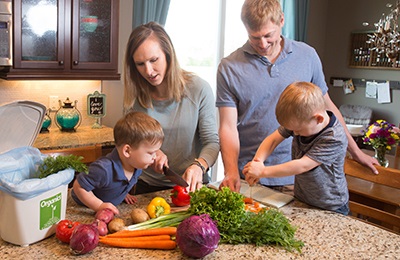Eat the food you buy: Storing food to make it last
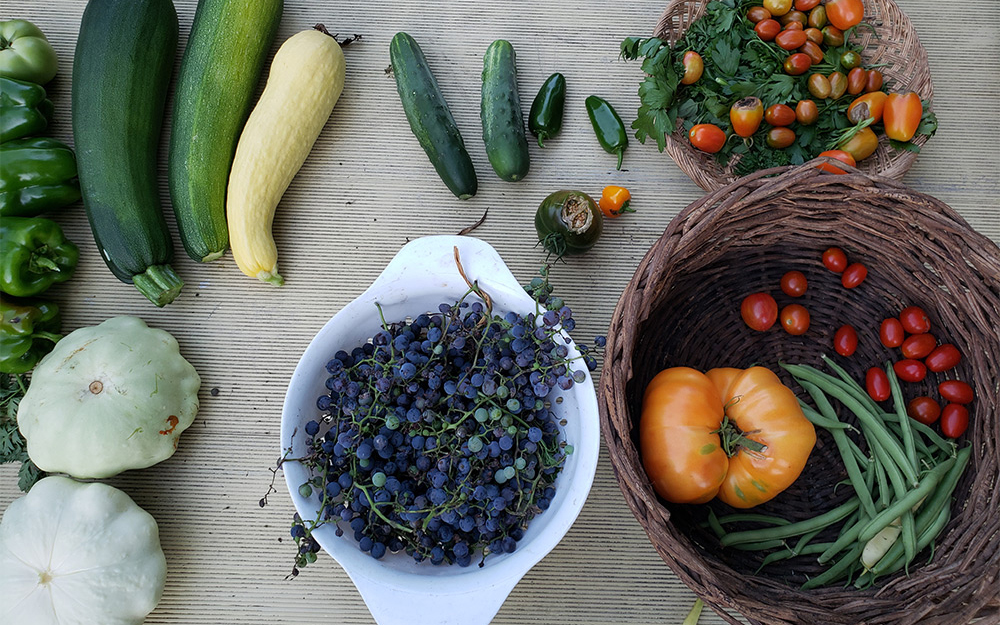
How often do you clean out your fridge or pantry and find vegetables that have spoiled, jars of sauce that have been in the fridge for who knows how long, and chips that have gone stale? The cost of those rotten apples, leftovers that never got eaten, and questionable half carton of milk all adds up. The average person spends nearly $500 every year on food they’ll never eat and just end up throwing away.
This also has a big climate impact, since so many resources go into growing and transporting our food and food decomposing in landfills releases methane, a potent greenhouse gas. Reducing food waste is one of the most important actions we can take to address climate change.
Fortunately, there are many ways that we can store food properly to make sure it gets enjoyed instead of going to waste.
Properly store fresh produce
Fruit and vegetables are some of the most common food items that go to waste in our kitchens. Remembering how to store different items can be tricky. To get you started, here are storage tips for 10 locally grown food items. Find more in Eureka Recycling’s A to Z food storage guide or on Save the Food.
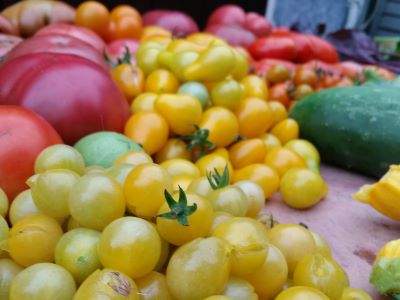
- Apples: Store in the fridge. Eat any bruised ones first as a rotten apple can ruin the entire batch. For longer storage, put in a cardboard box covered with a damp towel.
- Berries: Store in an airtight container, unwashed, in the fridge or freezer.
- Carrots: Cut the tops off to keep them fresher longer. Store in the fridge in a container of water or unwashed in an airtight container in the crisper drawer with plenty of moisture.
- Celery: Store in the fridge either in a container of water or in an airtight container.
- Cucumbers: Store in a cool place on the counter or wrapped in a damp cloth in a breathable bag in the high-humidity drawer of the refrigerator.
- Green beans: Store unwashed in the fridge in an airtight container.
- Herbs: Store in the fridge with stems down in water, except for basil, which should be stored on the counter in a glass of water.
- Melons: Store in a cool, dry place out of the sun. Store in the fridge once ripe.
- Tomatoes: Store on the counter. If very ripe, store in the fridge. Store separately as they give off ethylene gas that can cause other produce to deteriorate.
- Zucchini: Wrap whole or cut ends in a damp cloth and keep in the fridge.
Understand food labeling
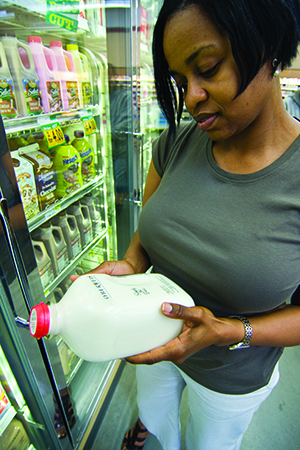
Ensure that you’re not throwing out food early by understanding food date labels. The two date labels that show up on products are "Use by" and "Best if used by", which mean the following:
- "Use by" indicates that the product should be consumed by the date listed on the package.
- "Best if used by" describes product quality. After that date, the product may not be at peak flavor but is generally safe to consume.
Remember to use your senses as they're the best measure of whether or not food is safe to consume. It’s also a good idea to write the date that an item is opened on the packaging so you’re not left wondering later.
Use your refrigerator and freezer to save food
To extend the life of food, reorganize your fridge to take advantage of different temperature and humidity levels, and keep your fridge at 40 degrees Fahrenheit or below.
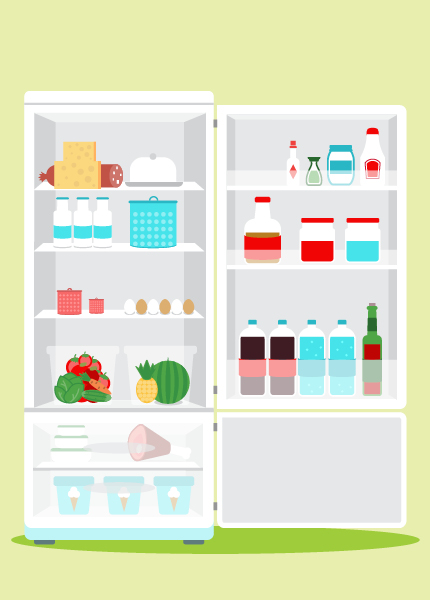
- Top shelf: The top shelf maintains a more consistent temperature than rest of the fridge, so store your butter, cheese, and cooked meats here.
- Door: The door is the warmest place in the fridge, so keep condiments and hard to spoil items here.
- Bottom shelf: This is the coldest area of the fridge, so store eggs, milk, raw meat, and perishable items here.
- Crisper drawer: This area controls humidity better than any other area of the fridge. Use low humidity for fruits and veggies and high humidity for lettuce.
- Freezer: Your freezer is the ultimate pause button — it can be the simplest and quickest way to save food that is close to going to waste. The freezer allows you to rescue leftovers, save your extra fruits and vegetables, make bread or meat last longer, or take a more active approach by meal prepping or buying food specifically to preserve.
Tips for freezing food
The freezer can help you preserve food for longer than your fridge, but can also be a place where food gets forgotten only to eventually be tossed.

Follow these tips to freeze foods so they can easily be used when you’re ready for them:
- Fruits: Remove the core or pit and chop into pieces before freezing. You may want to freeze berries on a cookie sheet first before putting them into a container for longer-term storage.
- Vegetables: Blanch (quickly boil and cool) before freezing to preserve texture and color.
- Herbs: Freeze in olive oil in ice cube trays.
- Cooked or prepared foods: Many prepared foods freeze well, so cook up a batch of beans, soup, or veggie dishes and freeze in ready-to-eat portions. You can also treat yourself with frozen cookies, pizza, and breakfast foods such as pancakes and waffles.
- Dairy products: Most dairy products including cheese, yogurt, milk or butter freeze well. Using ice cube trays is a good way to freeze liquids like milk or heavy cream.
- Extras from cooking and leftovers you may not consider: There are some things, like tomato paste and broth, that you may only use a portion of when cooking a meal. Freeze these in smaller quantities to use in future recipes. You can also freeze things like raw or cooked eggs (good for when a recipe only uses whites or yolks) and extra coffee.
Label everything in your freezer with the name of the item and the date, and keep an updated inventory of what’s in your freezer so you can work it into your meal plan.
